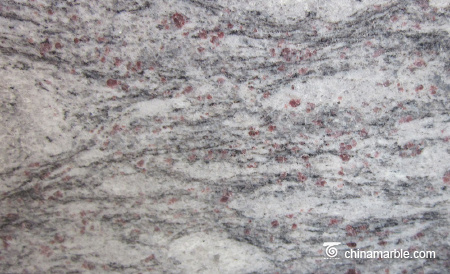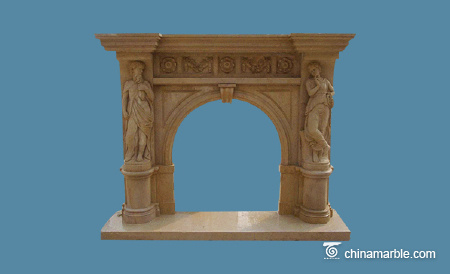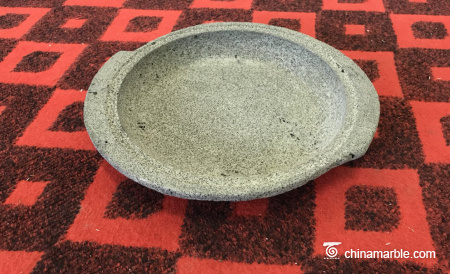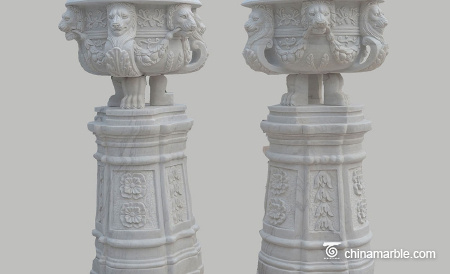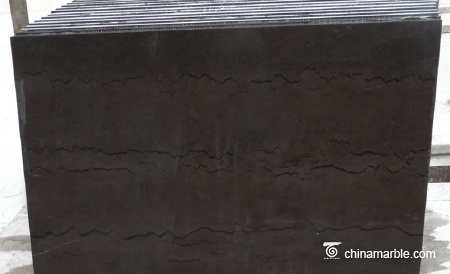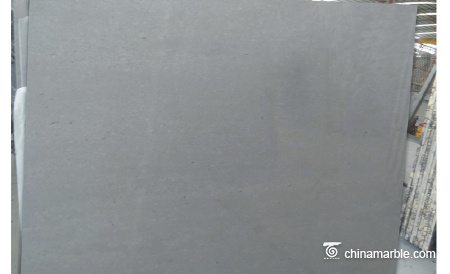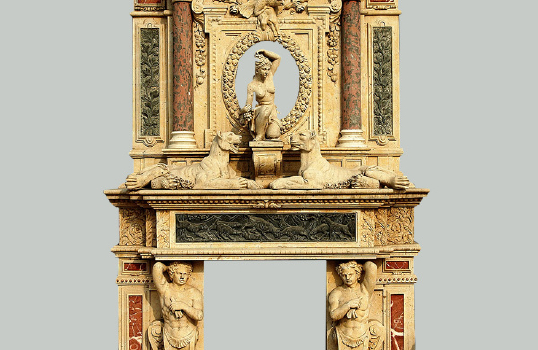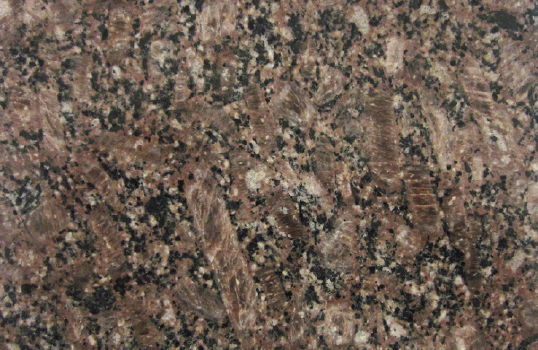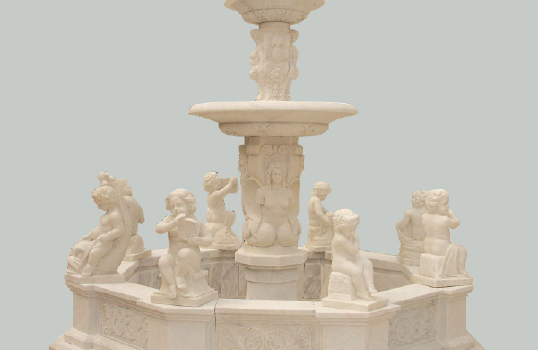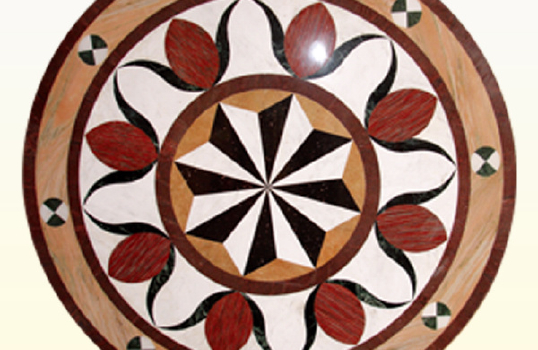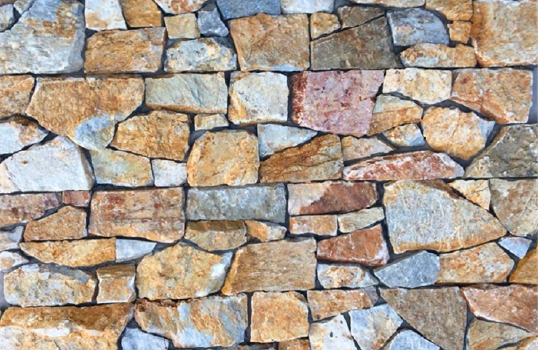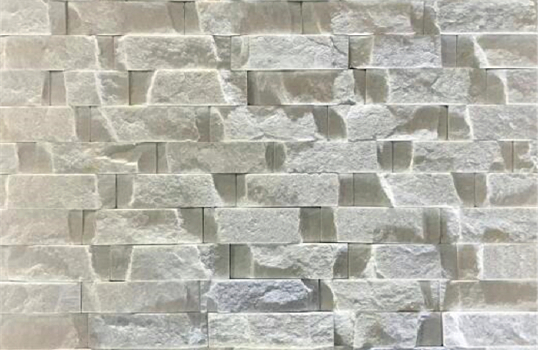Enhance Your Garden Journey With Natural Stone Steps
In contrast to engineered paving materials, which are generally smooth and uniform, natural stones often have irregular surfaces and rough, uneven edges. Using them as steps in the garden can be an intentional way to slow travel from one elevation to the next, turning the path into a journey. Natural stone steps complement many styles of gardens, from ferny woodland glens to arid desert hillsides. We’ve selected 13 gardens that use different types of stones steps as inspiring garden transitions.
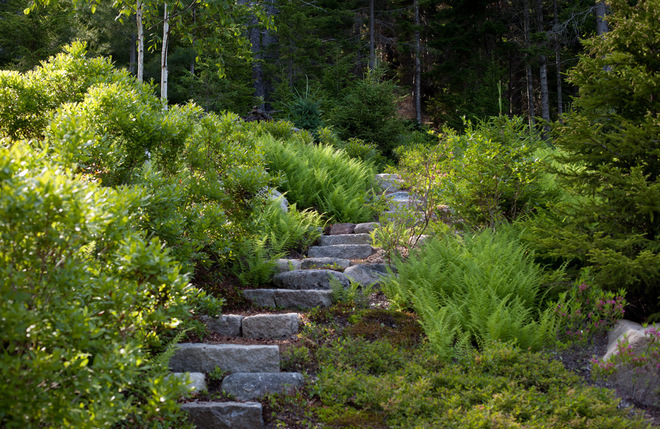
1. Woodland steps. Steps made of thick slabs of salvaged granite look right at home in this hillside blanketed in lush eastern hayscented ferns (Dennstaedtia punctilobula, USDA zones 3 to 8; find your zone). This property on Maine’s Mount Desert Island borders Arcadia National Park, and the designer used a combination of native ferns, shrubs and ground covers to act as a seamless transition to the surrounding forest. To add stability to the stairs, each slab of weathered granite was dry-laid on a compacted crushed-stone base.

2. Oversize slabs and boulders. Faced with a steep slope on either side of this front yard path in Seattle, landscape designer Scot Eckley used chunky granite boulders to retain soil, and then employed granite slabs for steps to the front door. To soften the entry, he planted lavender (Lavandula sp.) at the base of the steps, and woolly thyme (Thymus pseudolanuginosus, zones 5 to 8) and ‘Red Carpet’ stonecrop (Sedum spurium ‘Red Carpet’, zones 3 to 8) to grow between the cracks of stone. A clump of perennial black-eyed Susan (Rudbeckia hirta, zones 3 to 9) adds a hit of gold from late summer through fall.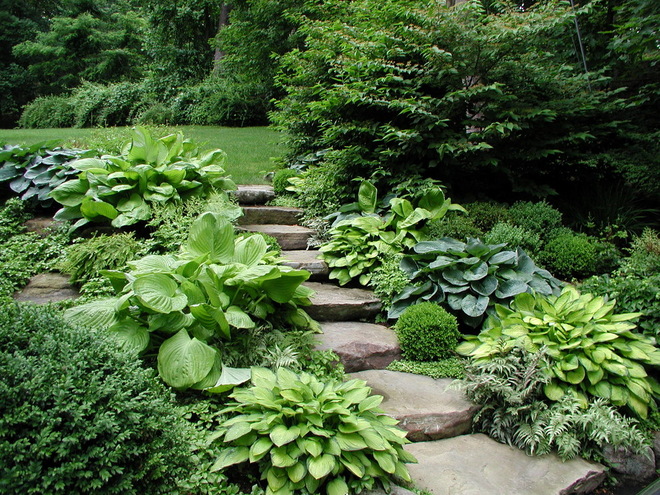
3. Leafy edges. In New Canaan, Connecticut, a stairway made of fieldstone slabs connects the side yard to the backyard lawn. The natural stone steps encourage one to slow down and appreciate the lush cascade of bold-leaved hostas, delicate ferns and clipped boxwoods that bank the stairway.
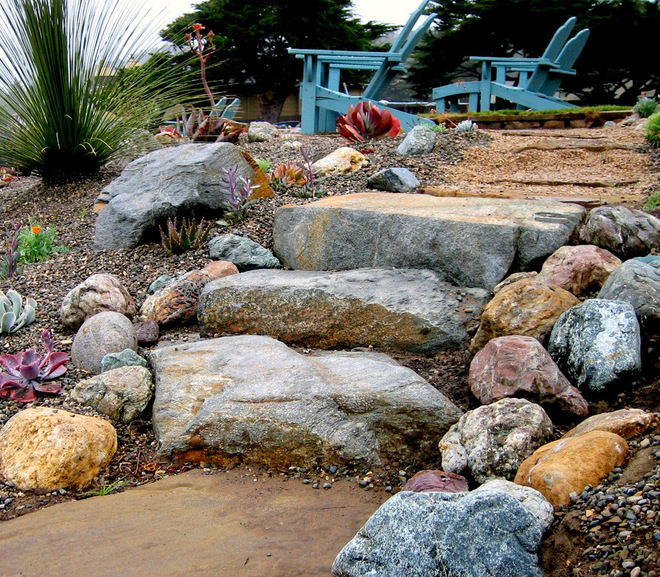
4. Buried boulders. Landscape designer Gabriel Frank turns to natural stone both for its beauty and its ability to withstand high traffic and exposure to the elements. “It’s hard to beat the durability,” he says. In this garden in San Luis Obispo, California, Frank used sturdy boulders — with the flattest side exposed — to act as steps to the garden’s upper level. The partially buried boulders appear as if they were naturally a part of the coastal hillside.
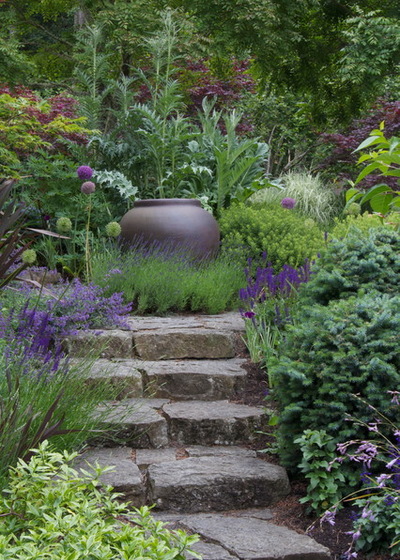
5. Cool-toned basalt. In this serene Seattle garden, a large urn provides a striking focal point at the top of basalt stone stairs. The rich basalt stone, from British Columbia, Canada, complements the color palette of the surrounding foliage of blue-green, silver and chartreuse.
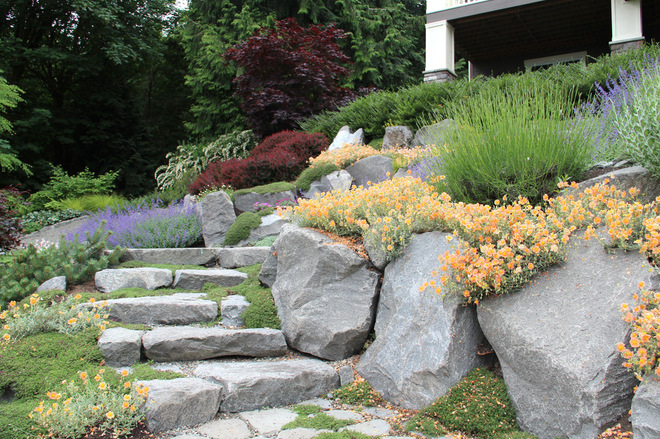
6. Planted rock garden. A pathway of Columbia granite slabs bordered by chunky Columbia granite boulders curves down a slope from the front of this home on Washington’s Bainbridge Island to the street. Designer Tish Treherne softened the expanse of gray stone with a mix of low-water Mediterranean perennials and ground covers. Clumps of lavender and tangerine-colored sun rose (Helianthemum nummularium ‘Cheviot’, zones 5 to 8) billow over the tops of the boulders, while woolly thyme fills in the cracks between the stairs.
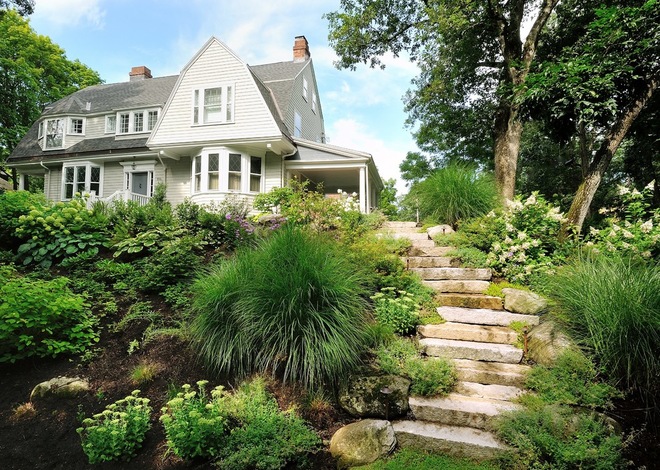
Hot Products
